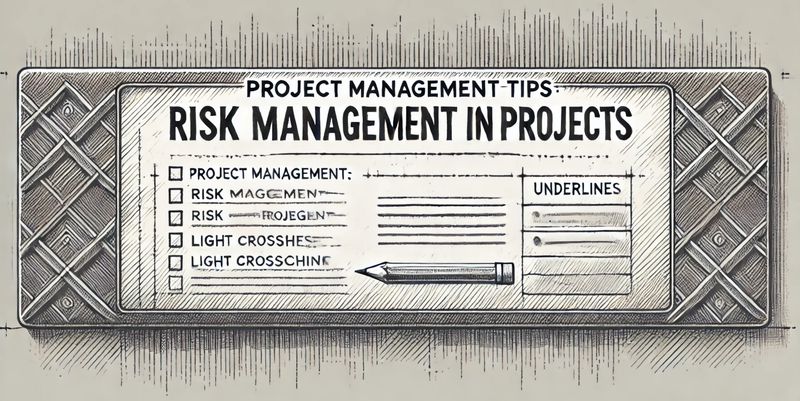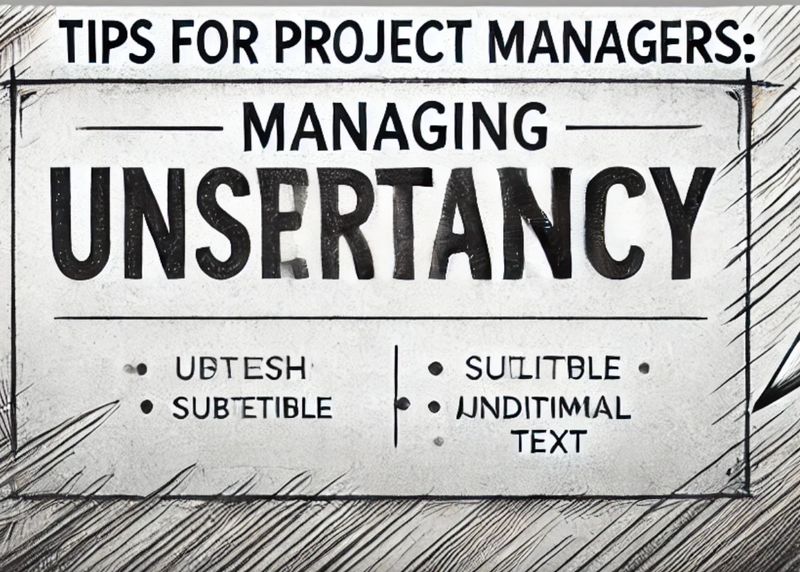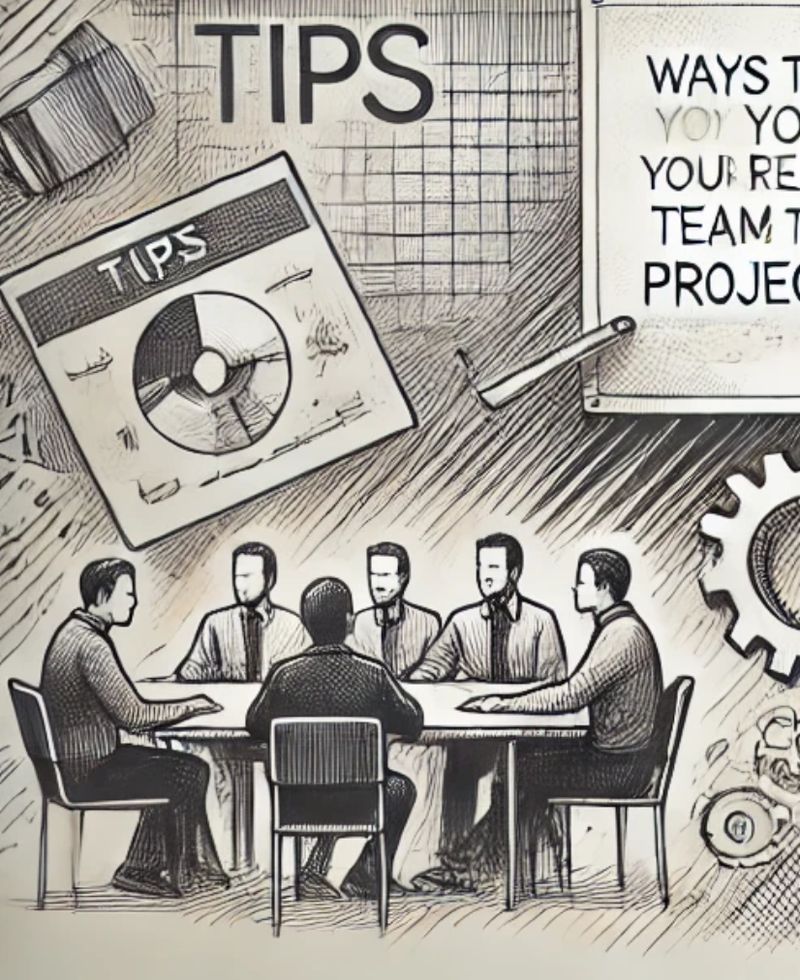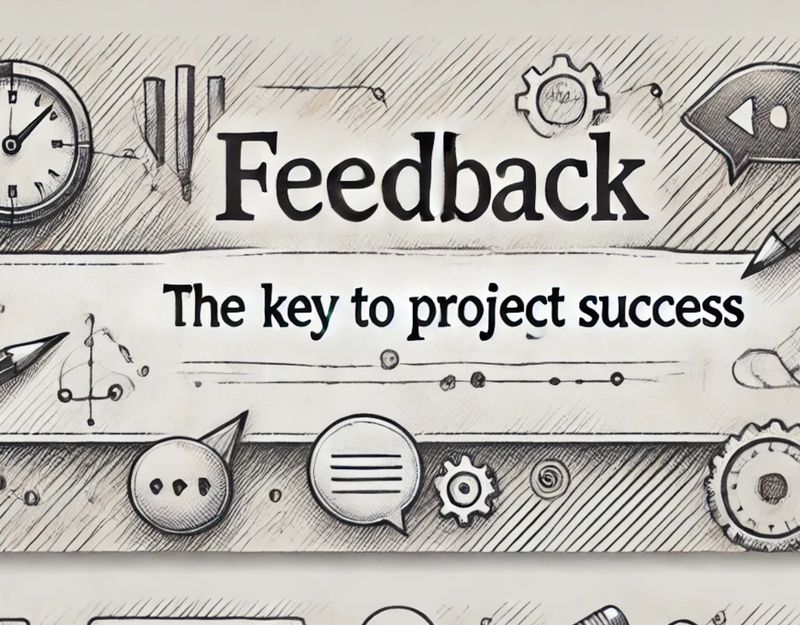Risk Management in Projects

Understanding Risk in Project Management
Risk in project management is any unforeseen event or condition that could negatively (or positively) affect the project. Effective risk management involves recognizing these potential disruptions early, planning responses, and implementing strategies to minimize or eliminate adverse impacts.
To begin understanding risk in your project, identify the possible issues that could arise at different stages. Start by examining the project scope, timeline, and resources, as well as any external factors that could influence your project. Think of this as a risk assessment phase where your goal is to uncover any unknowns and document them clearly.
Step 1: Identifying Risks
Every project has unique risks. Therefore, the first step is to list all possible risks specific to your project. These may include budget constraints, potential delays, skill shortages, or technology challenges. Example: If you are managing a software development project, a potential risk could be the unavailability of skilled developers at a critical stage.
Next, review the project timeline. Consider risks related to time constraints, resource limitations, and dependencies on other projects or teams. Example: If your project relies on a vendor to deliver crucial parts, consider the risks associated with delayed shipments.
Risk identification isn’t just a one-time activity; it should be revisited at each project stage. Encourage your team members to communicate any concerns or anticipated issues that could turn into risks later.
Step 2: Assessing Risks
Once you’ve identified potential risks, evaluate their impact and probability. This step helps you prioritize risks based on their potential to disrupt the project. There are two key aspects to consider in risk assessment: likelihood (how likely the risk is to occur) and impact (the level of disruption it could cause).
For each identified risk, assign a score for both likelihood and impact on a scale from low to high. For example, if the risk of budget cuts is high in your organization, mark it as a high-likelihood risk. Assessing risks in this way lets you see which ones need immediate attention and which can be monitored over time. Example: Suppose the risk of budget constraints has a high likelihood and a high impact. In that case, it should be prioritized above risks with lower scores.
Once you have a clear picture of the highest risks, you can decide how to address them in your risk management plan. This scoring system allows you to focus your efforts on what matters most, enhancing your ability to respond effectively to potential challenges.
Step 3: Developing a Risk Mitigation Plan
After identifying and assessing risks, create a mitigation plan for each significant risk. This plan should outline specific actions you will take to reduce the likelihood or impact of the risk if it materializes. There are several common approaches to handling risks, each with distinct advantages based on your project’s needs.
- Avoiding the Risk: If possible, modify the project scope, timeline, or approach to eliminate the risk entirely. Example: If a project’s complexity presents high risks, consider simplifying the project scope.
- Reducing the Risk: Implement measures to lower the likelihood or impact of the risk. Example: If there’s a risk of technology issues, schedule regular testing and create a backup plan to switch to an alternative system if needed.
- Transferring the Risk: Sometimes, risks can be transferred to a third party, such as outsourcing complex tasks to a vendor or purchasing insurance. Example: If a project involves considerable financial risks, consider taking out insurance or involving a partner to share the burden.
- Accepting the Risk: If a risk is minor and doesn’t significantly threaten the project’s success, you may decide to accept it and plan to handle it if it occurs. Example: In some cases, minor delays may be manageable and acceptable within the larger project scope.
When developing your risk mitigation plan, also consider contingency measures. A contingency plan is a predefined response that kicks in if a risk occurs, helping to ensure your project stays on track. Think of it as your “Plan B.” Example: If a team member with a unique skill set leaves, you might have a contingency plan to hire a contractor with the same skills to fill the gap temporarily.
Step 4: Monitoring and Reviewing Risks
Risk management doesn’t stop once you’ve developed a mitigation plan. Throughout the project, it’s essential to monitor risks continuously and adjust your plans as necessary. This helps you stay proactive and prepared for changes in the project environment.
To do this, set up regular risk review meetings. During these meetings, update your risk register (a document that tracks identified risks, their status, and your response plans) and review each risk’s status and effectiveness of current strategies. Adjustments may be needed as your project progresses, and new risks may emerge.
Use these regular check-ins as an opportunity to communicate with stakeholders about potential issues and your response plans. This builds trust and confidence in your management skills, as stakeholders know you’re proactively addressing any issues. Example: If a new technology risk emerges due to a software update, immediately inform stakeholders about the risk and update your mitigation plan to account for it.
In addition to regular reviews, have a mechanism in place for team members to report new risks as they arise. Encourage open communication within the team to ensure risks are promptly identified and addressed.
Building a Risk-Aware Project Culture
Successful risk management requires a team-wide commitment to identifying, assessing, and mitigating risks. When everyone on the team understands the importance of risk management, they’re more likely to proactively communicate issues and support the project manager’s efforts.
- Training: Educate your team members about the basic principles of risk management. When team members know how to spot potential risks, they can alert you sooner, allowing you to address issues before they escalate.
- Communication: Foster a culture of open communication where team members feel comfortable sharing concerns. Team members are often the first to notice potential risks in their areas of work, so their insights are valuable for proactive risk management.
- Feedback: After completing a project, conduct a review session to discuss what went well in terms of risk management and what could improve. This feedback loop helps refine your risk management practices for future projects.





